1993 World Trade Center Bombing Investigation
1993 World Trade Center Bombing Investigation
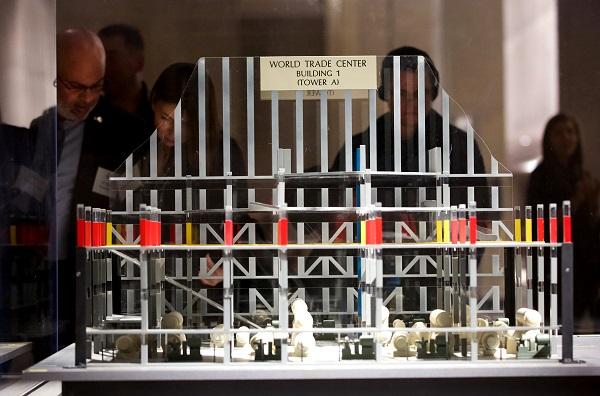
After the 1993 World Trade Center Bombing, President Bill Clinton pledged full federal support for the investigation, saying in his weekly radio address, “Working together, we’ll find out who was involved and why this happened.”
On Feb. 28, 1993, investigators sifting through the wreckage strewn about the parking garage recovered several vehicle fragments that, unlike others they found, indicated that they were from a vehicle that had exploded from the inside out.
Two of these pieces bore a vehicle identification number (VIN) that the FBI traced to a rental agency in Jersey City, N.J. The man who rented the truck, Mohammed Salameh, had reported it stolen.
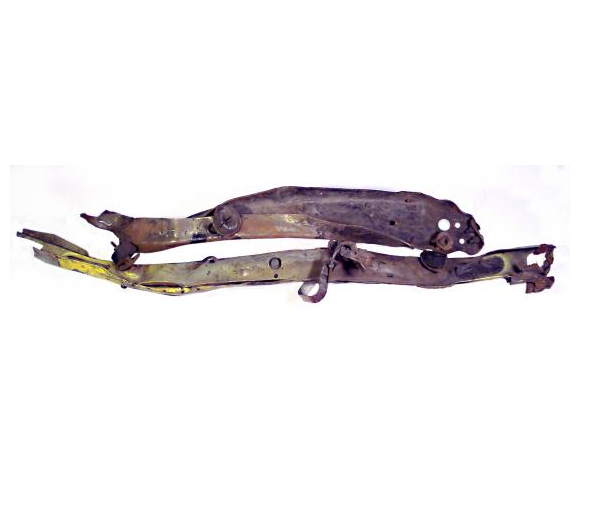
Seeking a refund of his $400 deposit, Salameh repeatedly returned to the Jersey City rental agency where he rented the Ryder van. Working with the rental office personnel, FBI agents arrested Salameh.
The FBI found Salameh’s apartment by tracing a phone number he provided for the rental. A search of the apartment later led to the arrests of three co-conspirators in March: Ahmad Ajaj, Nidal Ayyad and Mahmoud Abouhalima. The FBI also interviewed another suspect, Abdul Yasin, before releasing him due to a lack of evidence. Yasin fled to Jordan; he was later indicted but still has not been captured.
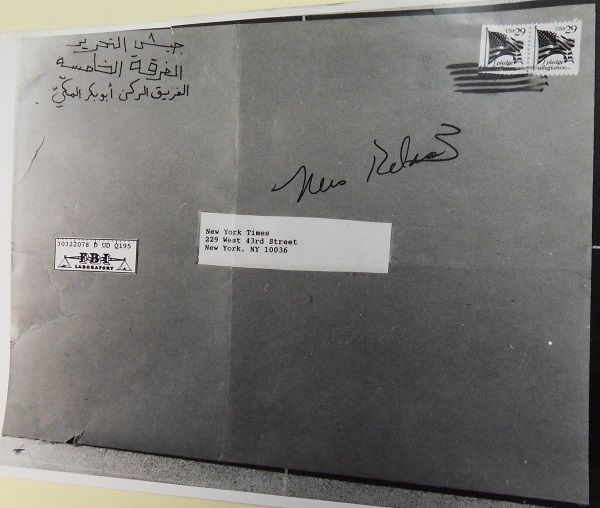
On March 5, 1993, the FBI searched a self-storage unit in Jersey City after an employee called the agency on a tip. Agents discovered chemicals that could be used to manufacture explosives, including urea, nitric acid and sulfuric acid. The chemicals matched evidence from the World Trade Center bombing site. That same day, The New York Times received a letter taking responsibility for the bombing on behalf of a group calling itself the Liberation Army, Fifth Battalion. After Nidal Ayyad, one of the conspirators, was arrested on March 10, the FBI matched his DNA to traces of saliva found on the letter’s envelope. An FBI specialist later recovered a document from Ayyad’s work computer that referenced the letter received by The New York Times.

Seven months later, following the reopening of the North and South Towers in March and April and Ramzi Yousef’s addition to the FBI’s Most Wanted List on April 21, 1993, the United States began its trial against the four perpetrators of the World Trade Center bombing in custody: Mahmud Abouhalima, Ahmad Ajaj, Nidal Ayyad and Mohammed Salameh. More than 200 witnesses were called to testify during the trial, which took place before Judge Kevin T. Duffy in the U.S. District Court for the Southern District of New York.
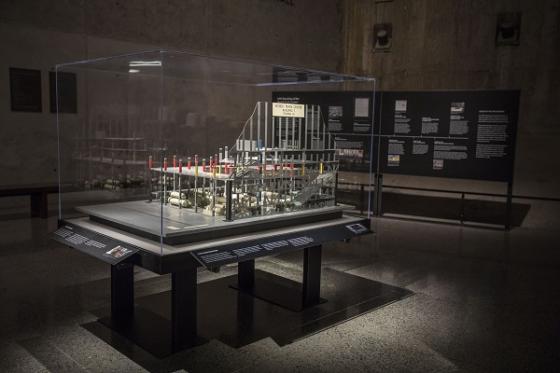
The first witness called by the prosecution was Charles Maikish, director of the Port Authority World Trade Department. “I felt a heaving in the tower itself,” Maikish said. “I knew we had a very major event.” At trial’s conclusion on March 4, 1994, the four defendants were found guilty on all counts. On May 24, 1994, Judge Duffy sentenced each of them to 240 years in prison, factoring in the combined life expectancies of the six people killed in the 1993 bombing.
After planting a bomb on Philippine Airlines Flight 434, which killed one passenger and injured 10 others, Ramzi Yousef was captured on Feb. 5, 1995, in Pakistan. The U.S. government extradited Yousef to New York. When the helicopter transporting Yousef flew past the World Trade Center on Feb. 8, 1995, an FBI agent reminded Yousef that the towers were still standing. Yousef responded that “they would not be if he had had enough money.”
Yousef was charged with 11 counts and entered a plea of not guilty. He faced two separate trials: one for his involvement in the Bojinka plot and another for the 1993 World Trade Center attack. In opening statements during the World Trade Center bombing trial, prosecutors told the jury that Yousef wanted to “send a message to Americans that they were at war.”
A jury found Ramzi Yousef and his co-conspirators, Abdul Hakim Murad and Wali Khan Amin Shah, guilty of conspiracy for the Bojinka plot on Sept. 5, 1996. Another jury found Yousef and Eyad Ismoil guilty for their involvement in the 1993 World Trade Center bombing on Nov. 12, 1997. On Jan. 8, 1998, Judge Duffy sentenced Yousef in both trials to life in prison plus 240 years, factoring in the combined life expectancies of the six people killed in the 1993 bombing.
Learn more about the investigation of the 1993 World Trade Center bombing here.
By 9/11 Memorial Staff
Previous Post
9/11 Memorial Volunteer Survived Both WTC Attacks
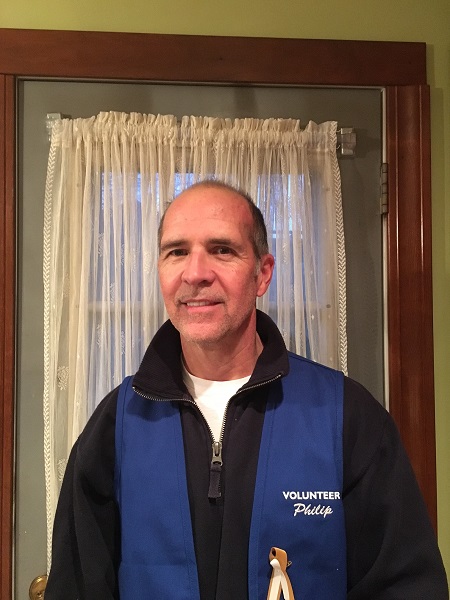
On Feb. 26, 1993, Port Authority employee Philip Caffrey was at his desk on the 69th floor of the North Tower when he heard a loud explosion and felt the building sway.
Next Post
A Timeline: February 26, 1993
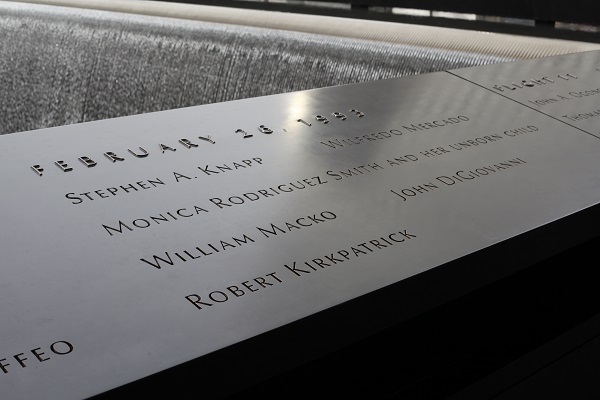
On the morning of Feb. 26, 1993, about 50,000 people were in the World Trade Center complex, with more than 40,000 people in the Twin Towers.